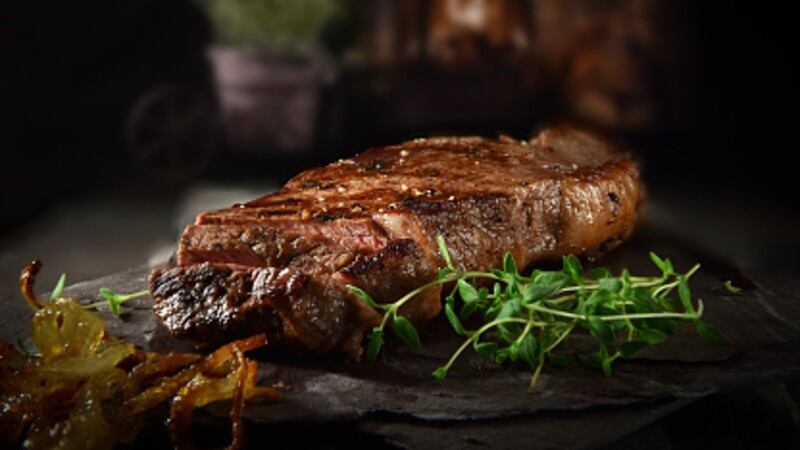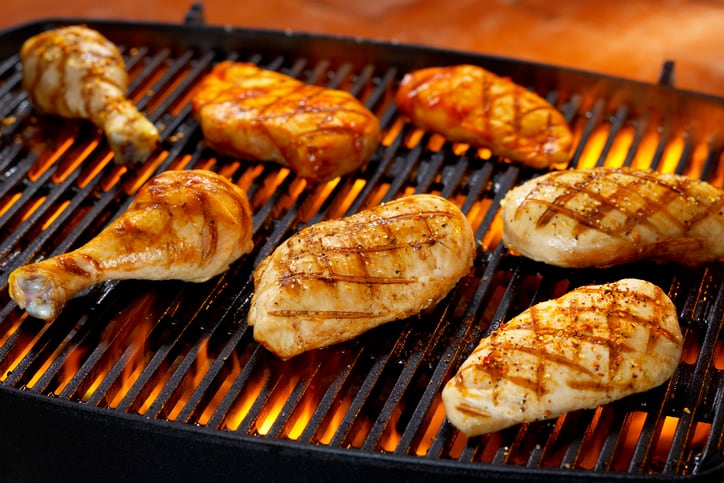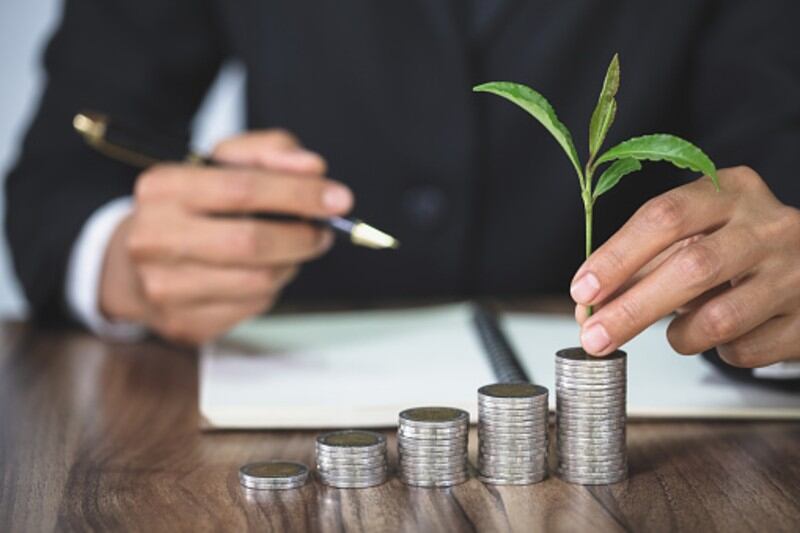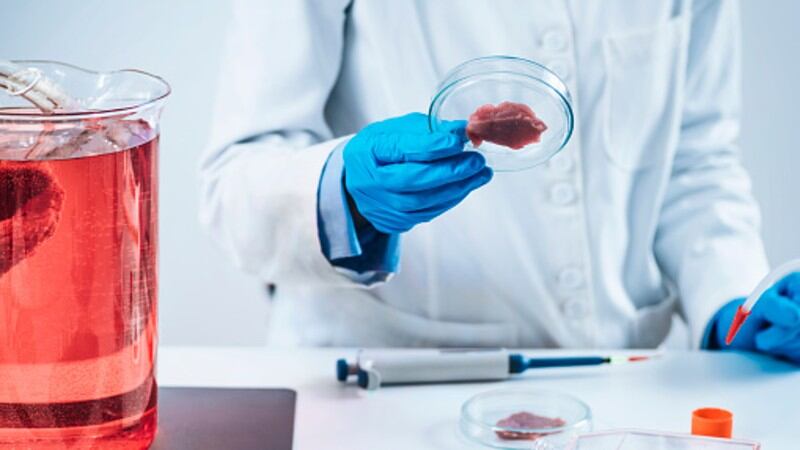Seawith already made waves in the food industry several years back after it developed low-iodine seaweed Yo.od to target consumers with low iodine resistance and high iodine sensitivity, such as consumers in western markets who do not consume seaweed regularly, or thyroid patients.
This product won Seawith multiple awards in South Korea, and now the firm is hoping to do one better by developing the country’s first cultured steak, again using technology based on algae and seaweed.
“Our cultured meat technology is different as we harvest this from the sea – the scaffolding we have developed is based on seaweed, so as to hold the bovine cells that will grow into the steak as well as allow nutrients to penetrate deeper into the resulting tissue culture, which can make cultured meat cuts thicker than 1cm,” Seawith Chief Technology Officer Heejae Lee told FoodNaviagator-Asia.
“We have also developed our own culture media from microalgae – this holds the benefits of algae nutrition in addition to being much cheaper as microalgae is abundant, and so far we have managed to replace 90% of the overall culture media we use with our own media – the remaining 10% still needs traditional growth media for now.”
Seawith has named its cultured steak product Welldone and is already in the midst of plans to bring this to the industrialization stage after securing significant funding in July.
“Seawith will be closing our Series A funding next month, and we estimate the funds to come in at around US$7mn – we have two main plans for these funds, which will be to obtain a bigger bioreactor for mass production to reach the industrialization stage more quickly, and also to help with all the necessary registrations, e.g. a HACCP-grade facility and biosafety certifications with the FDA.”
The firm will be trying to register Welldone as a novel food in South Korea first, but because the local FDA is well-known for its strict no-GM (genetic modification) regulations, Lee says they are also looking at foreign markets for the initial launch.
“We are based in South Korea, so we definitely want to try to get permission to sell here first, but we know this is difficult here, so are looking outside of Korea to markets such as the United States and Singapore,” he said.
“In Korea we have also faced challenges such as traditional meat suppliers becoming quite violent whenever we attend conferences regarding cultured meat – they simply do not want to hear anything about this – and it is likely that compromises with these traditional markets will need to be made such that cultured meat can successfully enter the market.”
Bringing costs down to US$3
That said, Seawith has already targeted 2030 as the year when they will be able to make cultured meat at scale and at a low enough price to appeal to the mass consumer.
“By 2030, we aim to make 1kg of meat for less than US$3 per kg – this is definitely doable once we get the technology right,” said Lee.
“At present, it is that remaining 10% of traditional growth media which is keeping our costs high as it is very expensive – as soon as we can replace the media 100% with our own algae-based media, we will be able to chop the prices dramatically.”
South Korea’s beef prices are currently amongst the highest in the world at US$61.41 per kg according to the Global Product Prices list, and even prices in Seawith’s target markets USA (US$24.18) and Singpaore (US$20.83) are nowhere as low as its eventual target price, so if the firm really does hit its US$3/kg goal, it is likely to make significant impact in the markets where it is approved.
Due to the high current prices though, Seawith is planning to go down the B2B route upon launch first, targeting high-end restaurants to identify their core consumers.
“Because the prices will be high at first, letting consumers try these products via fine-dining restaurants will be important and we will be able to identify the early adopters – after that, as long as we can ensure the product is delicious and also cheaper than traditional meat, we should also be able to capture the normal meat eating crowd,” said Lee.





